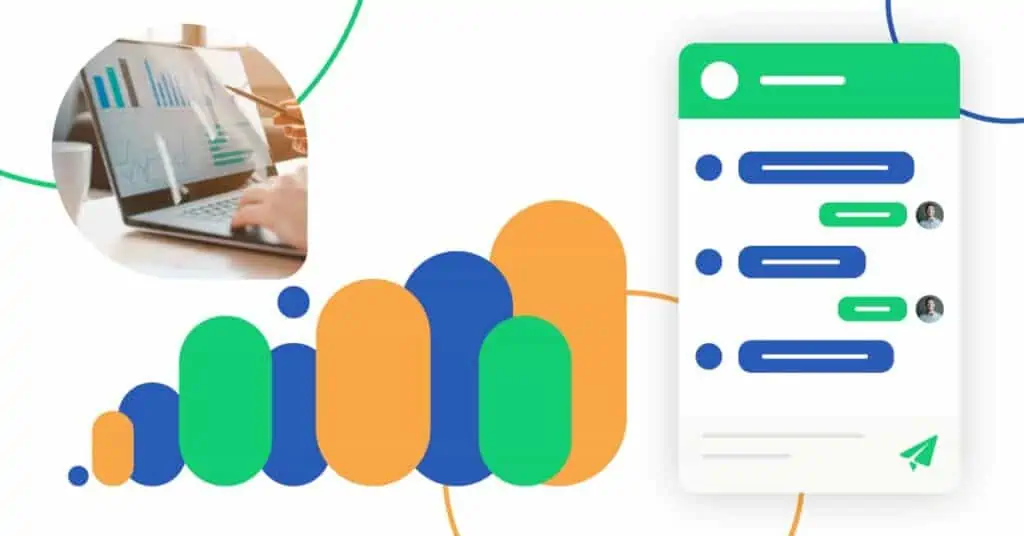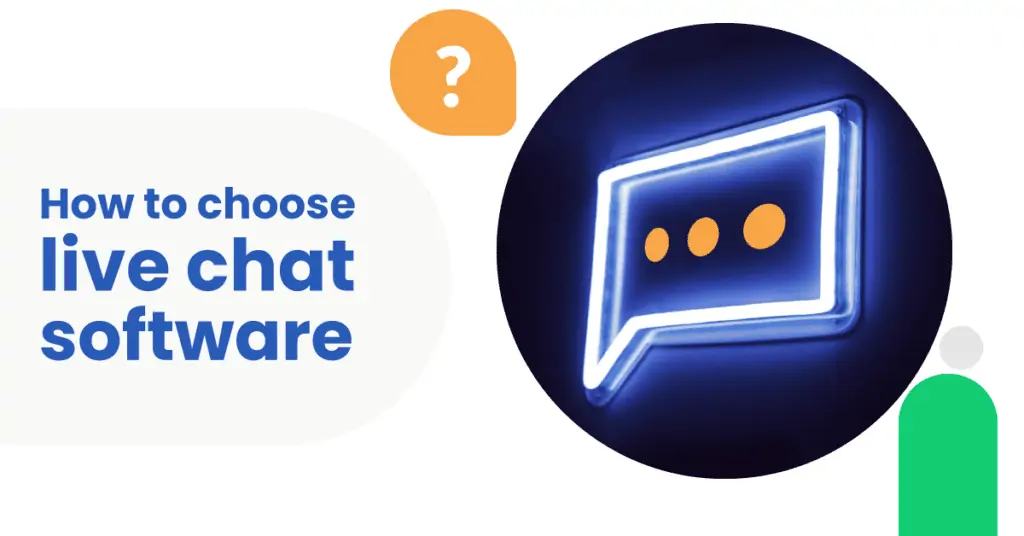
Chatbots are by no means a new technology, but the biggest surge to utilizing them for business is yet to come. Data around chatbot conversion has a powerful impact on attitudes towards conversational bots. It often makes the benefits of chatbots easier to grasp.
The focus with chatbots has long been on improving efficiency and saving costs in customer service. However, innovative chatbot implementations prove that chatbots have high potential in generating revenue by converting leads and sales online. Another prominent area is recruitment, where chatbots are used to attract passive candidates and screen them in an instant.
These 2 chatbot conversion stats
will make you consider the potential of chatbots in a new light. The numbers are backed by a study of 400 companies in 25 industry categories. Find more information and a link to the study report at the end of this article.
Let’s start off with a big one..
Chatbots increase website conversion rate by 10-100%
Data shows that adding chatbots on a website is an effective and reliable way to increase conversion rate. Conversions in this case mean for instance contact requests, demo bookings, sign ups to events and webinars, newsletter subscriptions, job applications, and so on.
Chatbot conversion is often directly linked to a business outcome (e.g. sales qualified leads, SQLs), but also softer conversions (marketing qualified leads, MQLs) create valuable engagement between the website visitor and the firm.
Increases in the company website’s conversion rate are somewhat of a holy grail to results-oriented marketers regardless of vertical. Therefore, such solid evidence of chatbot gains serves as an encouraging signal to marketers who haven’t explored the tech so far.
In the study, the 10-100% increase was calculated on top of a 2% baseline conversion rate, which represents a simplified average, mostly achieved with traditional contact forms.
Ok, what about the other amazing chatbot stat?
10-30% of chatbot conversations result in a conversion or lead
This statistic is extremely tangible and therefore perhaps even more impressive than the first one. Think of it this way: Out of 100 people who start chatting with a bot, on average 10-30 convert into a qualified lead or perform another defined action.
That is huge.
Getting website visitors to start conversations is a real gold mine. The power of chatbots is largely based on two-way interactivity, and the most effective chatbots even make chatting fun. Users proceed towards conversion step by step, so the hurdle of conversion is much lower than with contact forms, where several pieces of information need to be filled in at once.
The conversational nature of chatbots adds an entirely new level of engagement on any website. Chatbot conversations are best served context-specific, personal, helpful, and of course fast & easy for the user.
The future of chatbots is (still) bright
The two chatbot stats in this article are only a small part of the evidence supporting the view that today’s chatbot technology comes with high results potential. What’s more, the benefits of chatbots are no longer only tied to soft metrics, but also cover key success factors like conversion rate and online sales.
The global chatbot market is projected to reach USD 9.4 billion by 2024. By then, automated website conversations – whether they’re about support or sales – will be rather required by customers than just a nice to have addition.
Briefly about the data
The chatbot statistics presented in this article are based on a study of 400 websites that use chatbots for various purposes, including lead generation and sales, customer service, and recruitment. Studied chatbots were hand-built decision tree bots with no advanced AI.


